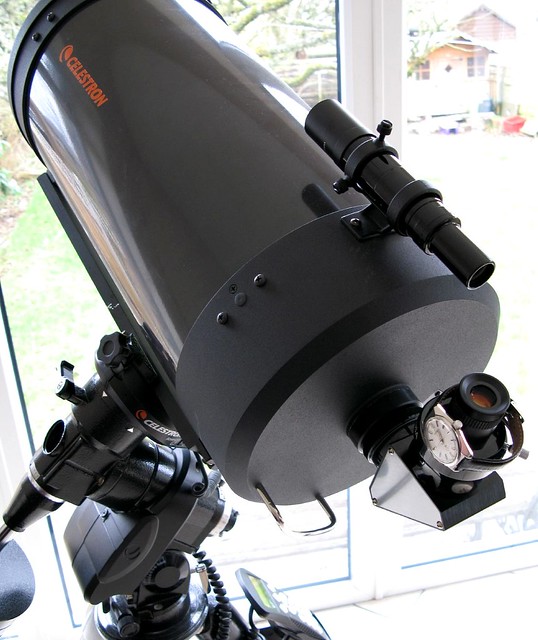The roof and sliding cover, internally constructed from wood. The scope is enormous.
the equatorial mount isn't too flimsy either:
Again, mainly used for solar observation. Enormous photographic plates were used to record the images:
Plates too supplied by Carl Zeiss:
Though I did see that a more local manufacturer got a look in too:
That would have gone on the 38cm guide scope, attached on top of the main beast. Heavy tomes of astronomical tables were used, with calculations made possible by the latest gadgetry :
All of which would be pointless without knowing the time, to the best precision possible. Enter the observatory chronometer :
It is the original one used at this observatory. Manufactured by Vacheron Constantin, whose record in observatory time trials was second to none. In the Geneva Observatory Trial of 1917, for example, ninety pieces were submitted by seven manufacturers. The results were:
First class ( diameter less than 43mm ) :
Pts Manufacturers
842 Vacheron and Constantin
831 Patek Philippe & Co.
809 Vacheron and Constantin
808 Vacheron and Constantin
807 Patek Philippe & Co.
805 Vacheron and Constantin
801 Patek Philippe & Co.
Second class ( diameter 43mm or more ) :
799 Vacheron and Constantin
795 Vacheron and Constantin
785 Patek Philippe & Co.
777 Patek Philippe & Co.
Special Awards
Prize, average difference daily : Vacheron & Constantin
Beginning in 1766 ( at Greenwich Royal Observatory ), time trials continued until 1974 when quartz made mechanical observatory clocks obsolete. In the late 18th Century, timekeeping to within one or two minutes a day would be sufficient for success in a trial. In fact, for the first Geneva Observatory trial in 1772, not a single entered piece managed to better 1 minute per day.
By the time of the 1917 trial above, the daily variation for an observatory chronometer would be measured in fractions of a second to two decimal places. Although testing wasn't standardised across observatories, measurements would generally be taken for 45 days continuously, in 5 positions and 3 temperatures.
Current COSC chronometers must be within -4/+6s per day, in 5 positions, tested for 16 days.
95% of submitted movements pass.
I left for home and felt a better appreciation for mechanical engineering and scientific endeavour.
The solar activity reports continue. Since 1999 they have been made with a 10cm refractor, CCD imager and computer on site at the same campus. The chronometer wasn't ticking.
Paul















 Reply With Quote
Reply With Quote
















